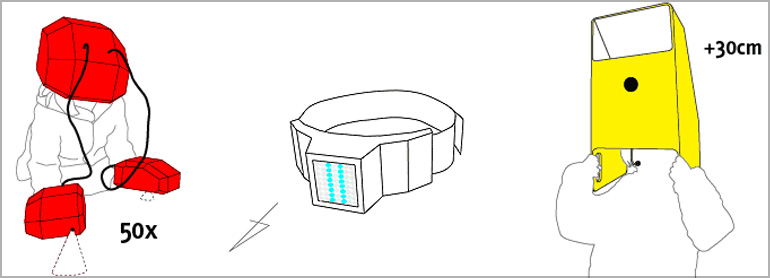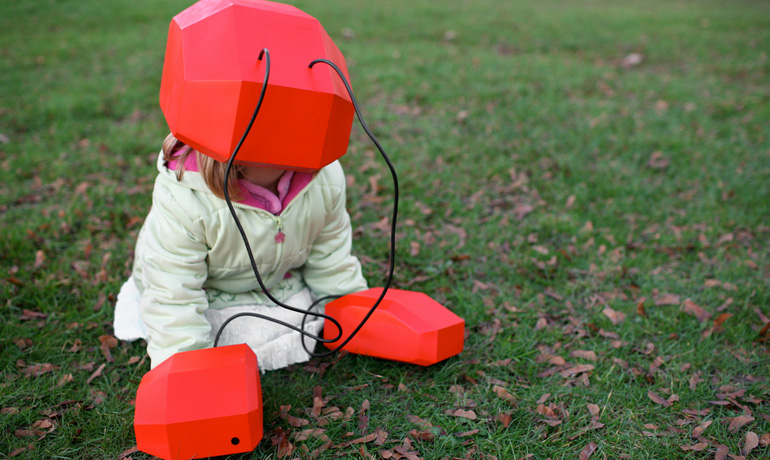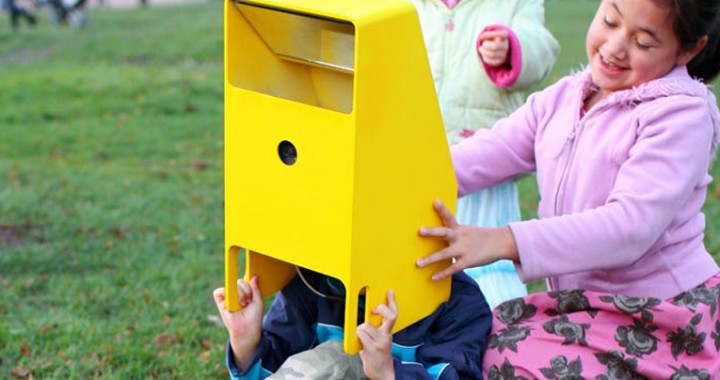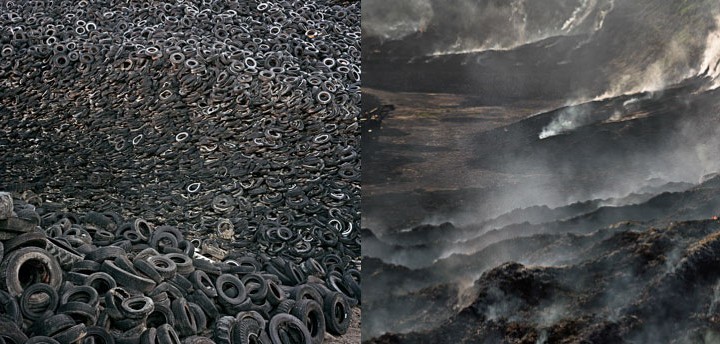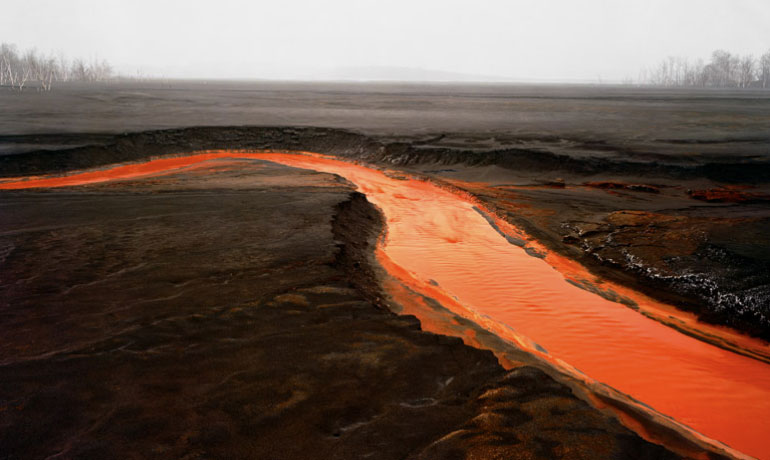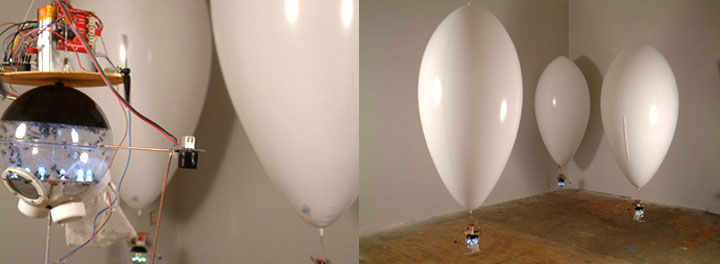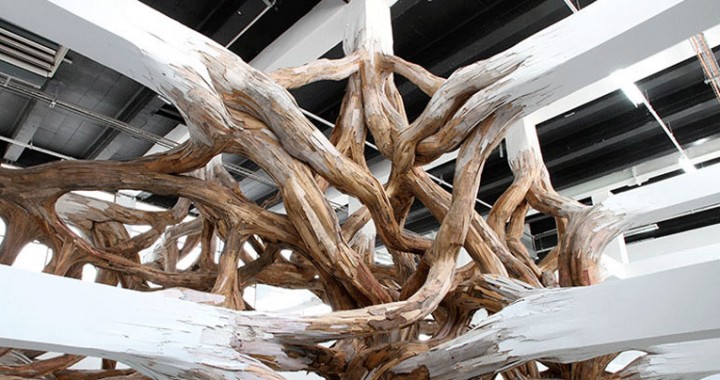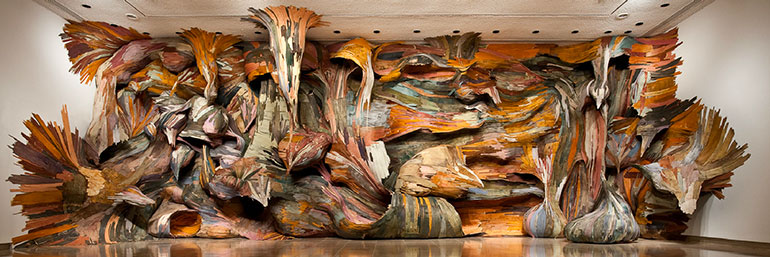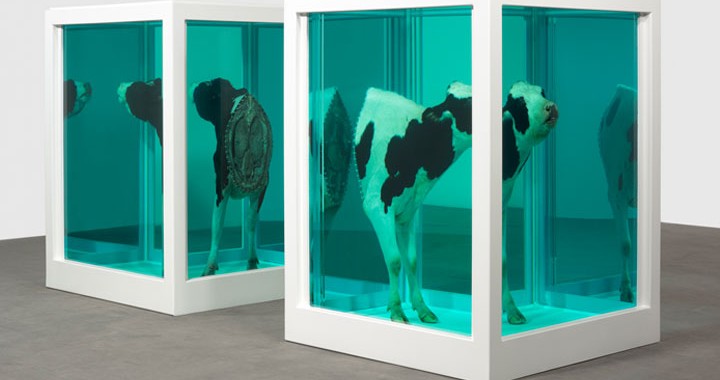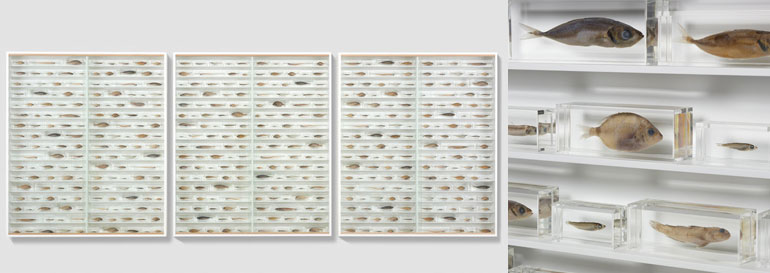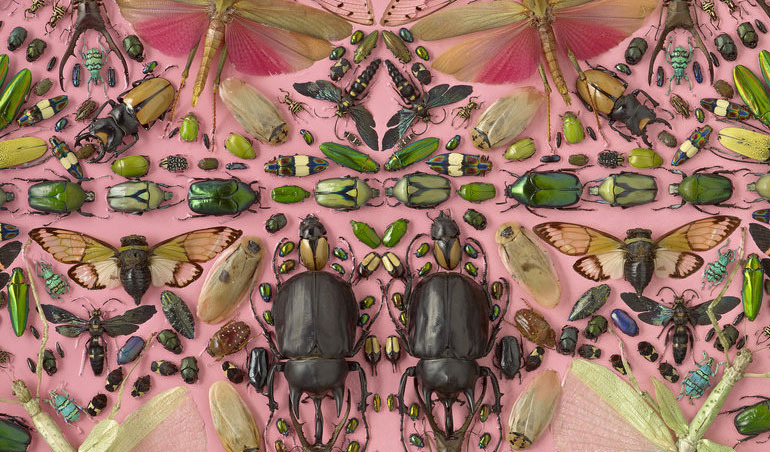Animal Superpowers, 2008
Animal Superpowers is a collection of wearables designed to help humans experience life from an ant’s, bird’s, or giraffe’s view. The ant wearable is best experienced by crawling on the ground. Two cameras attached to the hands send images to a display worn on your head. As you move around on all fours, you see the world from a low camera angle, close to the ground. The video image is also significantly scaled up, making small objects appear very large. Blades of grass become arboreal. The giraffe wearable adds height by mounting a periscope extension to the top of a your head. The device also lowers your voice’s pitch to match your increased size. And the bird wearable guides you along a path with feedback provided by a vibrating headband. Just as birds sense geomagnetic fields to help them migrate, your headband’s vibrations tell you which way to turn to find your way home.
